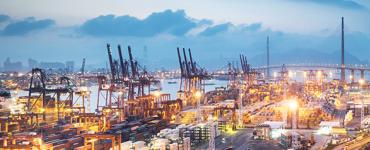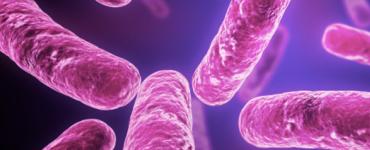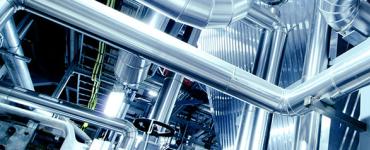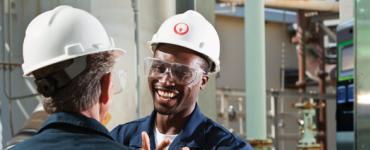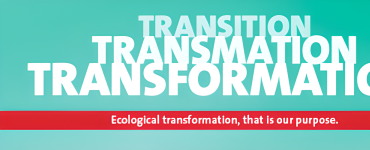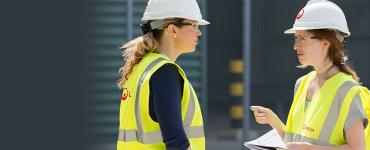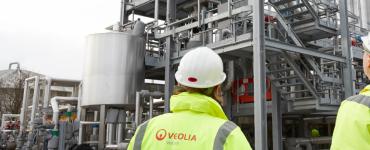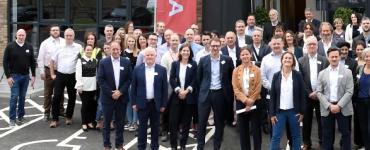- Home
- Latest News
- Rethinking Water Use
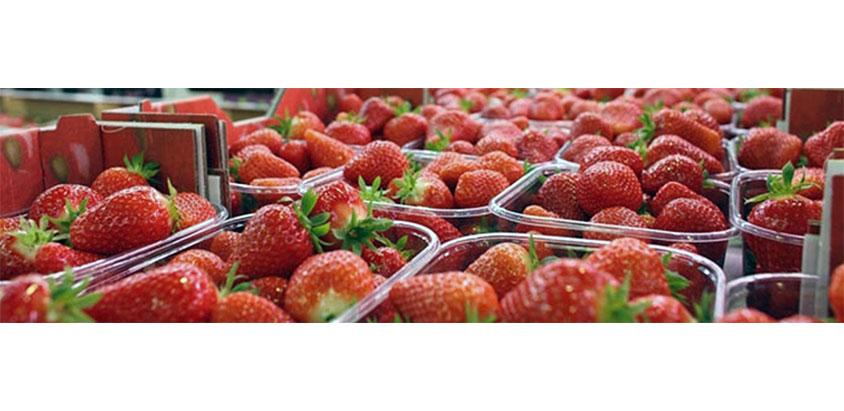
Rethinking Water Use
Simon Emms, Business Development Manager, explains the benefits of reducing reliance on mains water for food and beverage manufacturers
Food and beverage production is a water intensive industry, with water required for cleaning at virtually every stage of the process, as well as being a key ingredient in many products. This places high demand on municipal water supplies and makes the industry vulnerable to water scarcity. Taking steps to reduce reliance on mains water supplies can have long-term benefits for businesses, minimising supply risk, providing significant cost savings and protecting the environment.
By adopting a three-fold approach to water management – reduce, reuse, recover resources – and considering potential alternative water sources, companies can ease the pain of the industry’s high water requirements and ensure a more sustainable future.
Taking stock
The first step for any company looking to reduce its overall water consumption is to understand where that water comes from, how it is used on site, how much effluent this produces and the composition of the waste stream. When you consider that it costs twice as much to discharge water to drain as it does to draw it from the mains supply, reducing water consumption is one of the main goals of managing water well. Even simple changes, such as controlling the volume of water used for washing products or equipment, can deliver significant long-term savings.
Recycling
Once processes have been optimised to use as little water as possible, the next step is to look at how water can be retained onsite for as long as possible and reused or recycled across a facility. Although there is some reticence to this idea within the industry, mostly due to public perception issues, modern water treatment systems are extremely efficient and effective and can often yield higher quality water than municipal supplies. After all, every drop of mains water has been reused and recycled at some stage.
It is important to stress that this water is not currently recycled into food production as an ingredient, although there may come a time when both companies and consumers are sufficiently confident in the technology to permit its use. However, treating wastewater to remove contaminants can still provide a valuable and cost-effective resource for alternative purposes, such as to feed boilers and cooling towers, or for washing down and cleaning.
Energy from biomass
The next consideration is the potential value of the ‘waste’ that remains after water reuse and recycling. Many food manufacturing processes – particularly in dairies and distilleries – produce wastewater with a high chemical oxygen demand. Biogas is a by-product of treating these waste streams and, once cleaned, it can be used to supply boilers or a more sophisticated combined heat and power plant. Many facilities can meet up to 40 or 50% of their total gas/energy demands in this way, significantly decreasing annual expenditure while reducing reliance on natural resources. In some instances, sites may be able to fully meet their energy demand and generate an excess of gas or electricity which can be sent back to the grid, providing an additional revenue stream. Some biological wastewater treatment processes also generate biomass that can be given or sold to local farmers as a nutrient-rich soil additive, further offsetting water treatment costs.
Alternative sources of water
There is one more way in which businesses can insulate themselves against the disruptions to water supplies caused by burst pipes or drought: by making use of alternative water sources. For example, rainwater or water from boreholes can be used in boilers or cooling towers with minimal treatment, providing a supply of ‘free’ water. For higher purity water demands, clarifiers, reverse osmosis systems and deionisers offer effective treatment of river or reservoir water, helping to ensure a secure alternative supply.
Dairy case study
global dairy company required an advanced wastewater treatment and water recycling solution for a new £150m dairy capable of processing one billion litres of fresh milk annually. The company was aiming to create the first zero carbon fresh milk processing facility in the world, using the best available construction techniques, process technologies and renewable energy opportunities.
Veolia provided a wastewater treatment plant to process 500m3 of wastewater, containing 5.4 tonnes of COD per day. At the heart of this solution is a Memthane® anaerobic membrane bioreactor, which combines the advantages of anaerobic treatment with external crossflow ultrafiltration.
A unique, patented mixing system ensures preferential removal of inorganic solids and optimises reactor performance to remove up to 99% of the COD. Following anaerobic processing, low strength wastewater and grey water is treated in a reverse osmosis plant and recycled to the dairy for CIP (cleaning-in-place).
In addition, the biogas generated by the process is used to fuel the on-site combined heat and power plant, helping the client in its aim to be carbon neutral.
Adopting a long-term view
Planning ahead is never easy, especially when capital investment is required to realise long-term gains, but there is clearly a solid business case for rethinking water use, in terms of both operational resilience and the financial incentives. However, it is vital for companies to put sustainable and cost-effective water management at the heart of their processes to protect themselves from the growing strain on this crucial natural resource.
Reducing, reusing and recycling water across a facility will not only provide immediate gains in terms of cost savings, it will also allow the food and beverage industry to face an uncertain future with confidence.
